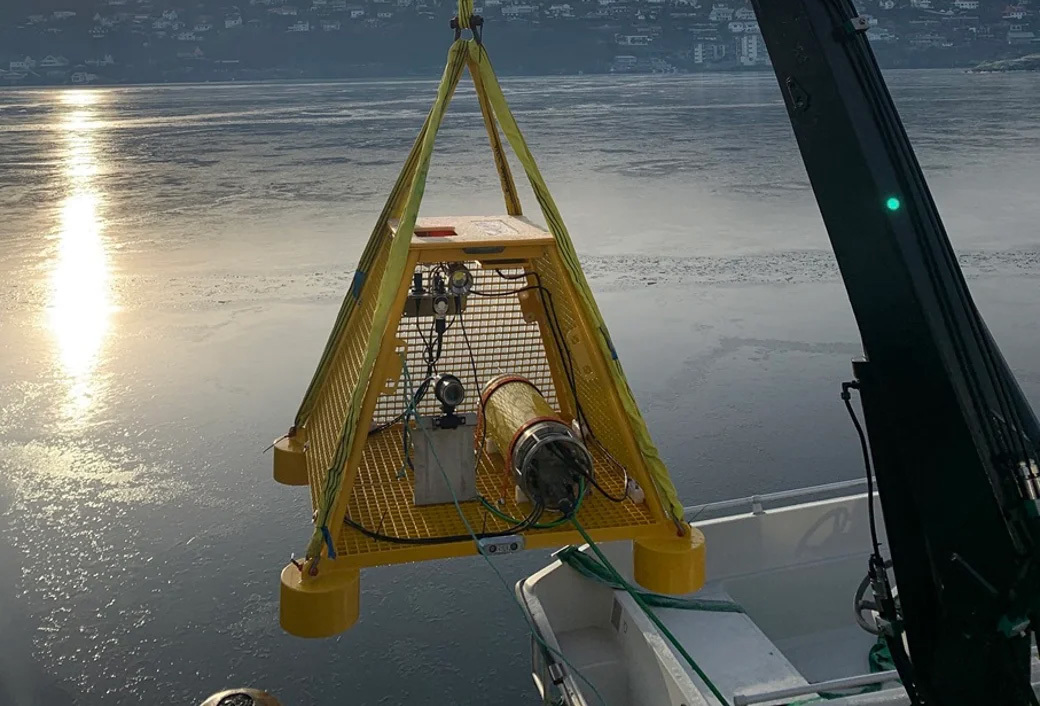
Fixed Point Subsea Surveillance
Threats in the deep
Fixed installations at sea such as platforms, wind farms and fish farms, are potential targets for hostile actors. Surveillance from radar, satellite and cameras contributes to situational awareness above the surface of the sea. Other solutions are needed to provide awareness of activities at the seabed or in the water column.
Eyes and ears at the seabed
Fixed infrastructure is equipped with different sensors and deployed at the seabed. They can either be battery-powered or connected to power and real-time communication lines. They have high resolution imaging and sonars for short- or long-range observation of activity in the water column. They are ideal for dual-use applications and can detect anomalies such as gas leaks.
The technology is currently used for environmental surveillance by use of calibrated, non-drifting pressure and temperature sensors. These features make it possible to detect earthquakes, tides, ships, and tsunamis. The effects of climate change and marine life can also be observed by sensors and cameras.
We provide...
-
- Detecting most any motion in the water column, triangulating location and estimating object speed
- Suitable for short, medium and long distance surveillance and detection
- Durable platforms that can run for years
- Drop sensors where needed and relocate them upon requirements
Covert Vessel and Drones Detected: Safeguarding Offshore Installations
The KSAT satellite (1) detects a vessel that has turned off its Automatic Identification System (AIS), in the same area as an oil platform. An alert is sent to the platforms in the area to remain vigilant.
Meanwhile, the platform’s Drone Detection sensors (2) pick up and track drones in the air, and the Fixed-Point Subsea Surveillance (3) spots an unidentified underwater object approaching. By crossing predetermined security boundaries, the drones and underwater object have already triggered an alert to the coastguard.
To bolster their situational awareness, the platform operators access a comprehensive 360-degree camera (4) feed that precisely tags the locations of the incoming drones. They request authorisation to neutralise the approaching drones using jamming techniques.

Products and services

Get in touch
-

Arne Rinnan
Executive Vice President Strategy & Technology